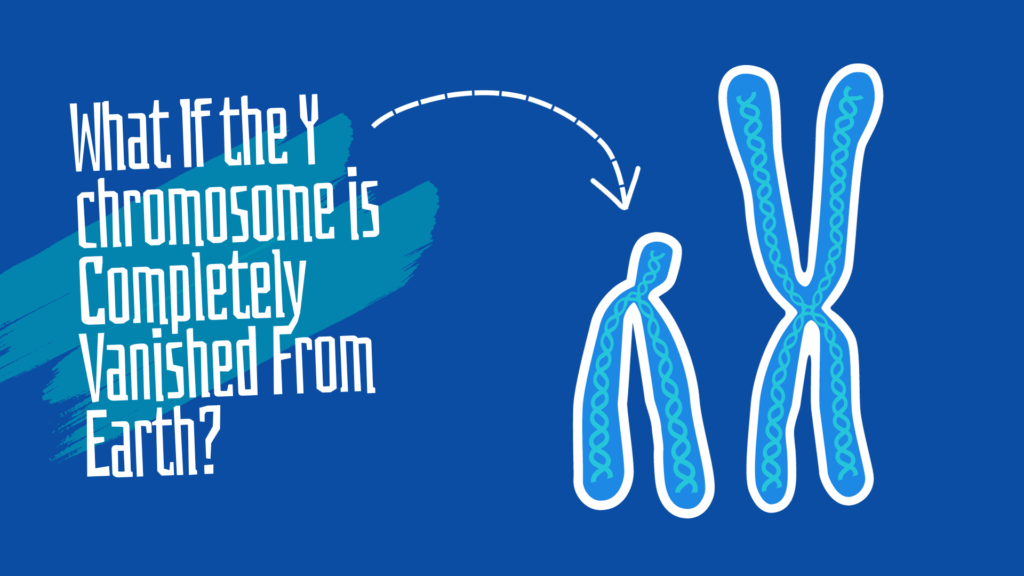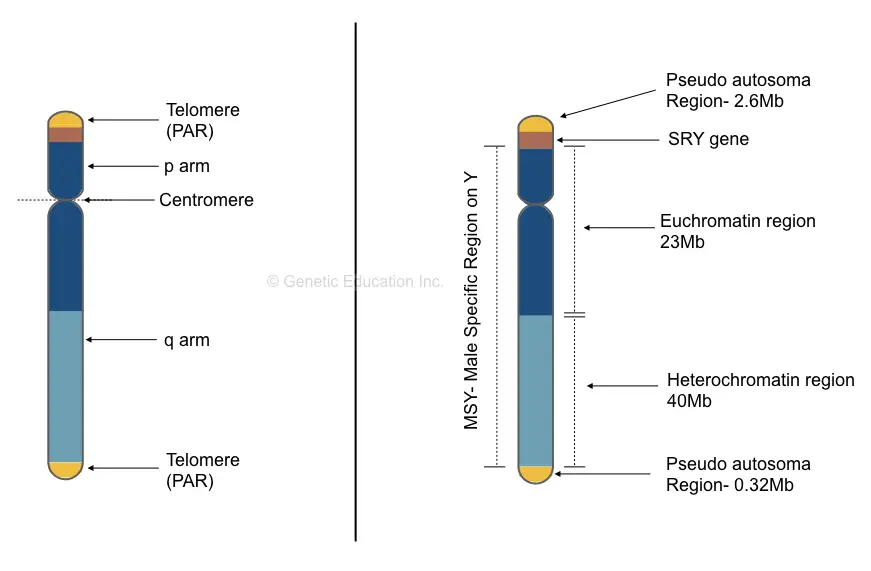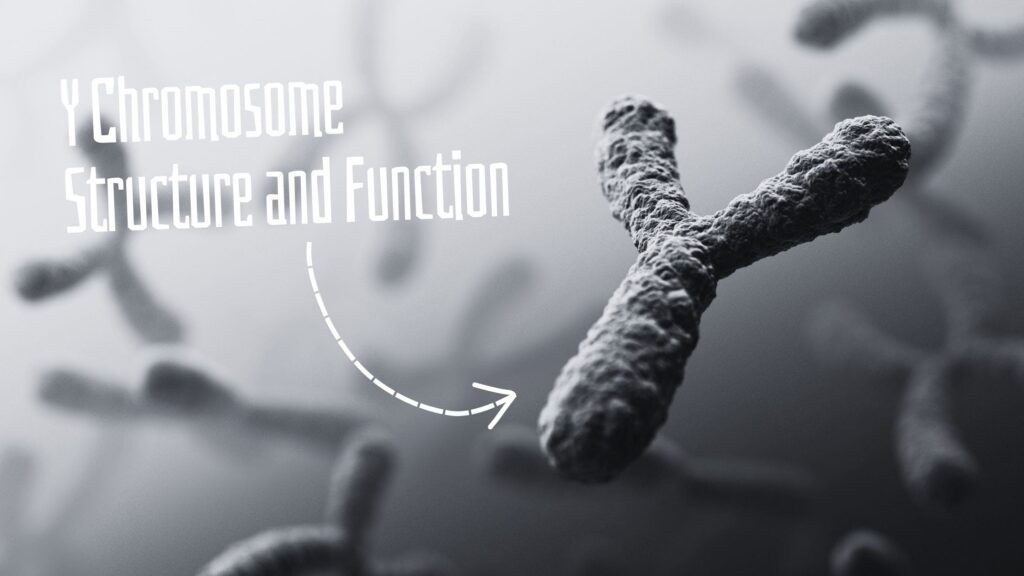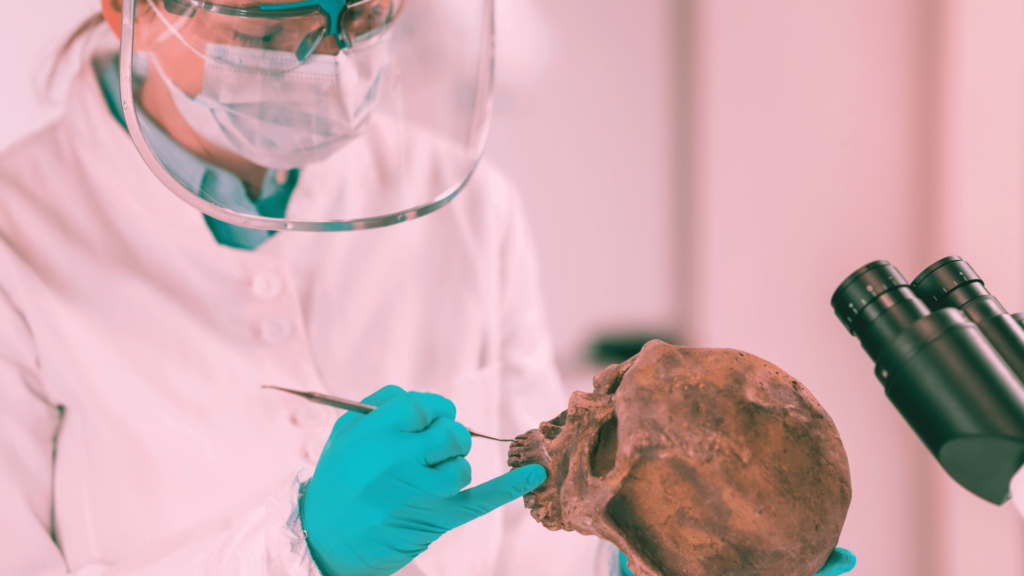“The Human Y chromosome has constantly Shedding DNA sequences since it evolved. But what if the Y chromosome completely disappears from Earth? Here is one possibility men will still survive and reproduce.”
Disclaimer: The content presented herein has been compiled from reputable, peer-reviewed sources and is presented in an easy-to-understand manner for better comprehension. A comprehensive list of sources is provided after the article for reference.
Y chromosome has been a genetic identity and a unique characteristic of men. Categorized into the sex chromosome, the Y chromosome is present in men along with the X chromosome. It carries genes related to maleness and male secondary characteristics.
The structure and function of the human Y chromosome are entirely different from the autosomes, although it evolved from autosomes itself. It’s a tiny chromosome having a few important genes, mostly associated with male sex differentiation and determination.
The Y chromosome is gradually disappearing, studies suggest. It loses DNA sequences over time and the shedding is still continued. I searched on Google “Y chromosome disappear” and I got 26,10,000 results claiming the fact.
Most of them are research articles, many are from reputed publications and the rest are blog articles. The fact that the Y chromosome is disappearing is backed by scientific research. So Men’s future is in danger, I guess, in a few million years.
I did some research on this topic during my PhD. One question struck my mind a few days back on this topic– what if it completely vanished from Earth? I tried to collect information but I was disappointed.
I revised my research, read my thesis, research papers and review articles, and finally came up with a solid and concrete possibility that would save men.
If the Y chromosome vanishes, men will still survive on Earth, reproduce and remain healthy. The phenomenon called pseudoautosomal regions-mediated recombination helps them survive.

Pseudoautosomal regions (PAR) on the X and Y chromosomes do not completely but partially behave like autosomes, they recombine and exchange genetic material. We reported in our research that oftentimes, it also exchanges genetic material other than the PAR and causes serious conditions like sex reversal.
Now, before moving ahead, we have to understand a bit about the Y chromosome structure. SRY and male-specific genes are closely located near the PAR regions, on the very end of the p arm on the Y chromosome.
SRY and related genes are crucial for male sex determination and differentiation, and the development of secondary sex characteristics. Thus, when it participates in the process of recombination, along with the PAR, it is transferred to the X chromosome.
In consequence, males face various infertility and related problems. But interestingly, that’s the main process that can save men.
In our research, we also reported that varied degrees of abnormal genital abnormalities are observed in patients with sex XY reversal. We reported females having sex reversal and with abnormal genital development.
Some traces of male-specific phenotypes are reported in these patients. Interestingly, we reported that the amount of DNA transferred through PAR-mediated recombination is directly proportional to the degree of male-specific phenotypes in female patients.
(The more the amount of genetic material recombined, the more male-specific phenotypes will observed in females.)

Adding to this, the entire process of how the sex is determined is regulated by autosomal genes like– SOX9, SOX3, DAX1, WT1, WANT4 and RSPO1, etc. Meaning, not only the SRY and related genes govern the process of maleness development.
Moreover, studies also suggest that the Y chromosome is the least gene-containing chromosome, besides SRY genes, no other crucial genes are located here. So even if it goes extinct, it will not cause any substantial health problems, except abnormalities related to maleness and fertility.
Read more: 5 Important Genes Linked to (ASD) Autism Spectrum Disorder.
Here is the catch!
If the present genetic mechanism— the process of abnormal PAR-mediated recombination, is backed by nature, and all the essential Y chromosomal genes settled on the X chromosome, maleness would be retained.
As the whole mechanism is also governed by autosomal genes, they still express, and produce various proteins for male sex determination and differentiation. Now you may have a question, how only the X chromosome will determine the fate of the fetus?
Either gene dosage or parental origin of the X chromosome would help determine the sex of the fetus. If the fetus expresses the paternal X chromosome, the fetus develops male sex and if it expresses the maternal X chromosome, the fetus developes female sex.
This is just our assumption (a kind of hypothesis!) but right now, only this theory predicts the future of maleness. However, we still have a few million years, and we have our Y chromosome until then.
Who knows what nature will give us? But one thing is definite, men will remain on earth. A comprehensive understanding of molecular mechanisms, gene expression profiles and function of various genes involved in maleness is required to thoroughly understand the present topic.
New research should focus on PAR-mediated recombination, the amount of genetic material exchanges between the X and Y chromosomes and their consequences. This leads us to determine the fate of the Y chromosome and men, after it vanishes.
Related article: X chromosome vs Y chromosome- Differences and Similarities.
Sources:
- Chauhan, T. N., Patel, R. K., & Suthar, J. Cytogenetic and Microarray Analysis of Eunuchs. International Journal of Science and Research volume 9, issue 8; 681-686.
- Chauhan, T. N., Patel, R. K., & Suthar, J. Genetics of Eunuch: A review. Journal of Clinical Biotechnology and Microbiology. Volume 2, issue 5.
- Bachtrog D. Y-chromosome evolution: emerging insights into processes of Y-chromosome degeneration. Nat Rev Genet. 2013 Feb;14(2):113-24. doi: 10.1038/nrg3366.

